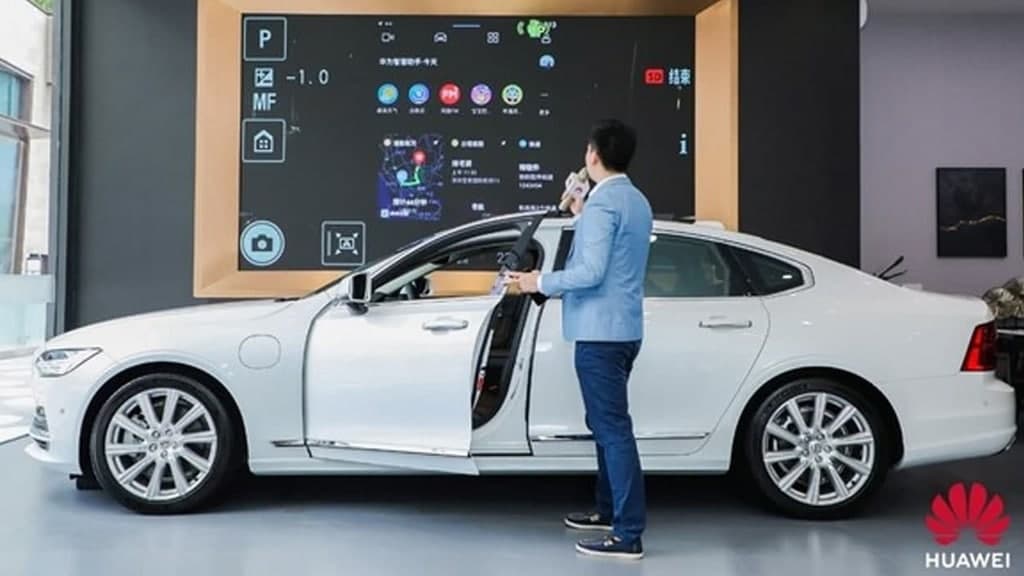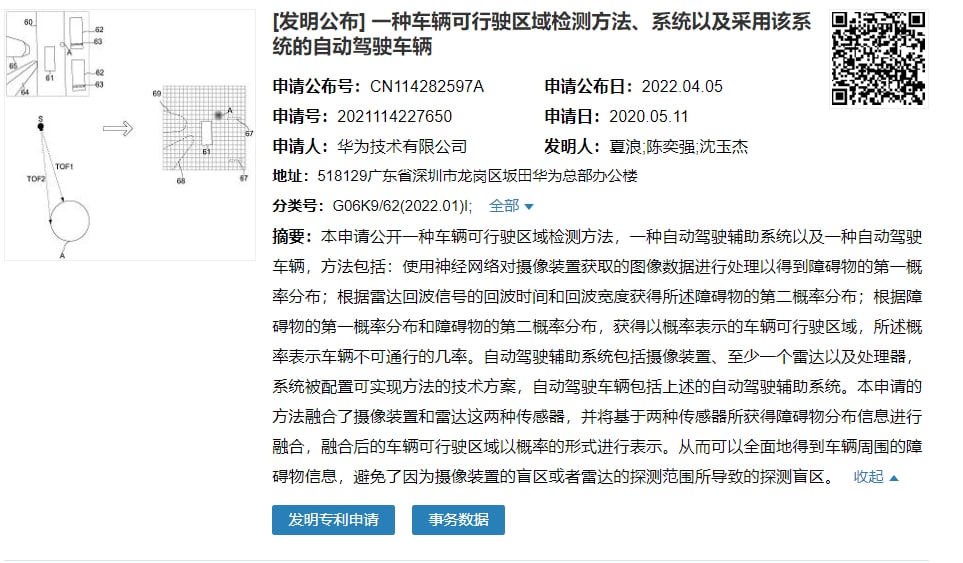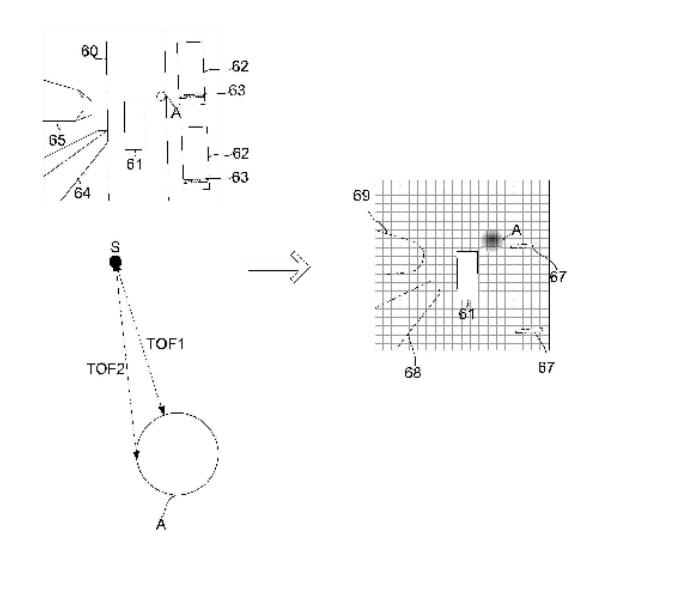Patent
Huawei has new technology to combine two sensors: camera and radar in autonomous driving

Back in 2020, Huawei has filed a patent for new technology to combine two sensors, a camera device, and radar in the field of autonomous driving. Now, Huawei has recently received approval for this patent with published with the number CN114282597A in China.
As per the information, Huawei patent to combine two sensors technology can obtain the obstacles around the vehicle and detect blind areas caused by the blind side of the camera or out of detection range of the radar.
The patent document discloses that the patent technology includes a camera device, at least one radar, and a processor as well as a system. The system is configured to implement the technical solution of the method and the automatic driving vehicle includes an automatic system.

Description:
Huawei’s new patent technology can detect the drivable area for the vehicle. So, the process includes the following steps:
- Using a neural network to process the image data acquired by the camera device to obtain a first probability distribution of obstacles.
- Obtaining the second probability distribution of the obstacle according to the echo time and echo width of the radar echo signal.
- According to the first probability distribution of obstacles and the second probability distribution of obstacles, a drivable area of the vehicle is obtained in the form of a probability that represents the probability that the vehicle is impassable.

(Via: ithome)






